Taraba crab (タラバガニ), also known as red king crab, is one of Japan’s most prized seafood delicacies, renowned for its massive size and rich, flavorful meat. Hailing from the cold waters of Hokkaido and the Sea of Okhotsk, this “king of crabs” plays a significant role in Japanese cuisine, from traditional dishes to modern culinary creations. In this article, we’ll explore its fascinating history, how it’s caught, and the various delicious ways it’s prepared. Dive in to discover why Taraba crab has captured the hearts of seafood lovers in Japan and beyond!
What is Taraba Crab?
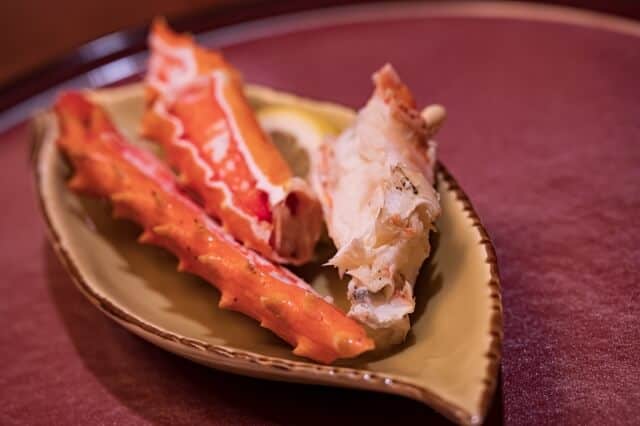
Taraba Gani or Taraba crab is popularly known as King Crab in Japan. There are around 15 types of red king crabs in the waters around Japan, and the red king crab is the biggest and most delicious. It lives in cold waters and caught at depths of over 500 meters in Hokkaido. This crab is classified as a hermit crab, not a crab, because it has only eight legs, including the claws. However, because it looks similar to a crab, locals generally treated this as a crab.
The Japanese name “Taraba Gani” has an interesting origin. It comes from the fact that the crab was first discovered as a bycatch in areas where fishermen were primarily targeting cod. This chance encounter led to its name, which translates to “cod basket crab” in Japanese.
In English-speaking countries, this impressive crustacean is known as the “King Crab,” a name that aptly describes its majestic size and appearance. These creatures are truly remarkable in their longevity and size. Some of the larger specimens have been known to survive for over three decades, with lifespans exceeding 30 years.
Perhaps even more impressive than their longevity is their size. King crabs can grow to enormous proportions, with some boasting leg spans of up to 1 meter. This expansive reach, combined with their considerable body size, makes them one of the largest crustaceans in the world’s oceans.
Their size, coupled with their sweet, succulent flesh, has made King Crabs highly prized in culinary circles worldwide. From high-end restaurants to local fish markets, these giants of the sea continue to captivate chefs and seafood lovers alike.
History and Seasons of Taraba Crab
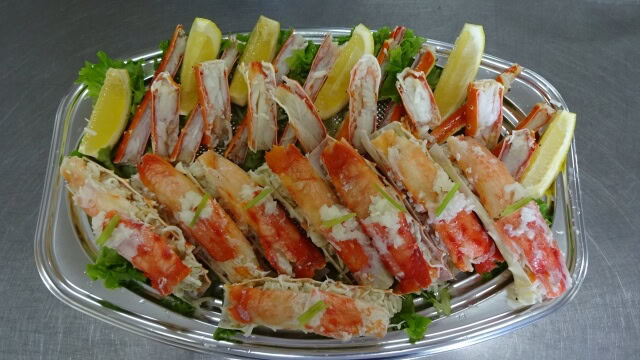
The taraba crab or king crab, with its limbs spread out reaching up to 1 meter, considered the “king” of the North Sea. However, its connection with the Japanese is relatively recent and not mentioned in historical texts. Additionally, it first became part of Japan’s food culture in the 1870s. During the peak of North Sea fishing in the 1960s, factory ships for king crab would leave in April and return in September after long expeditions. Despite being a key part of the dining table for just about 100 years, the potential disappearance of king crabs might become a bigger concern than that of whales or tuna.
These crabs hibernate in deep waters (100–200 meters) around late October and start migrating to the coast by early spring. In Hokkaido, the fishing season for king crabs traditionally begins when the drift ice clears from the coast, particularly between Soya and Abashiri. Hence, most of the annual catch happens in spring and summer, with only a small amount caught in winter.
Use of Taraba Crab
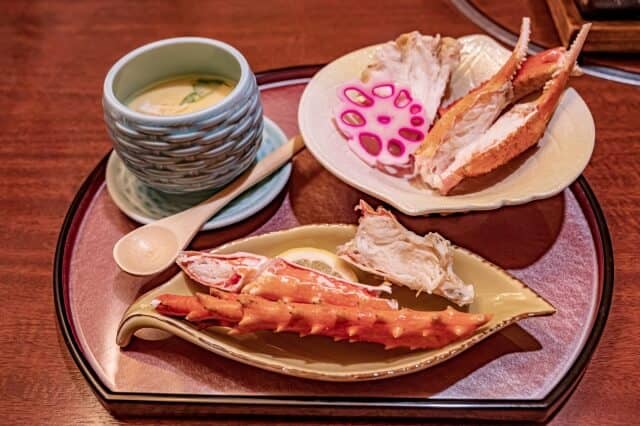
The white meat of the red taraba crab is very flavorful and was once widely used in canned products, making it a top export item. Today, crab is popular in specialty restaurants and used in various dishes like tempura, gratin, salads, vinegared dishes, and even rare sashimi. As general consumption has soared, domestic supply hasn’t kept up with demand. So, this has led to a sharp rise in imports, with 45,300 tons and 42,800 tons brought into Japan in 1997 and 1998, respectively.
Why is taraba crab so popular in Japan?
Firstly, they are big and filling. Tarabacrabs are so large and full of meat that they are known as the ‘king of crabs’. This makes it a very satisfying meal and a favourite with many people.
Secondly, the taste is also an important factor. King crabs have a strong sweet and savoury flavour, which is enhanced when grilled or boiled. The meat is firm and rich in flavour, making it suitable for special occasions and as a gift. King crab is also a luxury product. Vendors often trade it at a higher price than other crabs, and people value it as a treat at New Year’s and special occasions. Its rarity and flavour make it a popular delicacy.
Another attraction is the variety of seasons. The season varies from region to region, and people can enjoy it all year round. Especially in Hokkaido, fishermen catch the best ones in spring. Finally, king crab has become a widely known and culturally familiar part of Japanese cuisine. It has become an integral part of New Year and other festive occasions, and many homes and restaurants prepare it.
All of these factors have made taraba crab a very popular seafood product in Japan. It continues to be loved by many as a luxurious addition to the dining table.
Recommended Taraba Crab Restaurants
Kani Jigoku Shinbashi (かに地獄 新橋)

What makes this place special is that you can enjoy freshly caught crab delivered directly from the source at a reasonable price. In addition, you can enjoy all-you-can-drink from 70 types of drinks, including draft beer and sours, for only 329 yen for 30 minutes! With the desire to “let you eat as much crab as you like,” they offer crab delivered directly from Nemuro City, Hokkaido, starting at 638 yen per 100g.
Takeaway
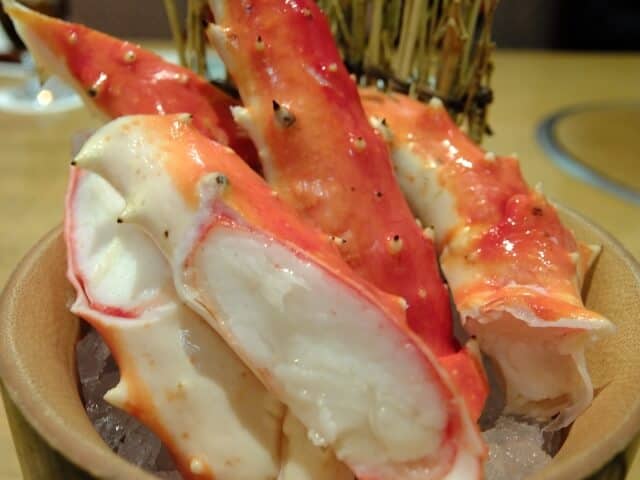
We hope this article has given you a better understanding of Taraba crab, its unique qualities, and its importance in Japanese cuisine. Whether served in sushi, grilled, or as part of a hot pot, this delicious and versatile crab is a must-try for seafood lovers. If you ever visit Japan, we highly recommend experiencing the taste of Taraba crab for yourself. We’re confident it will be a highlight of your culinary journey!
Some of the seafoods we recommend for you to try out in Japan.






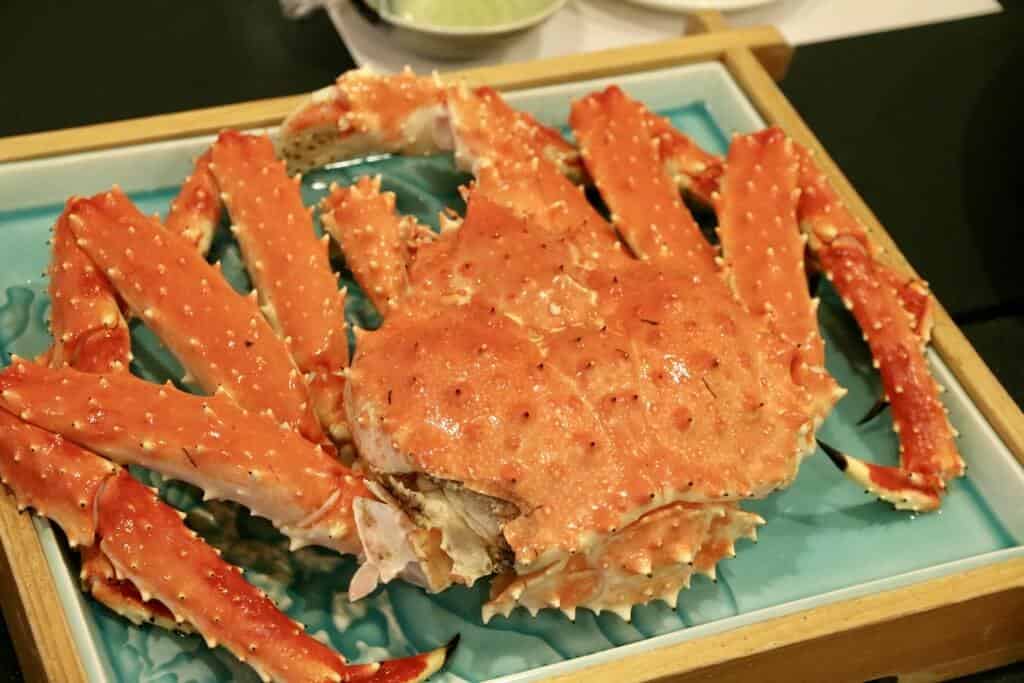
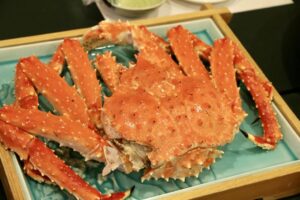

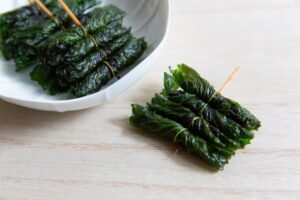
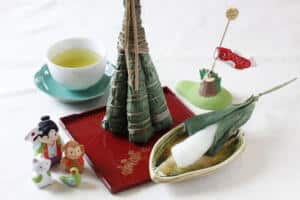
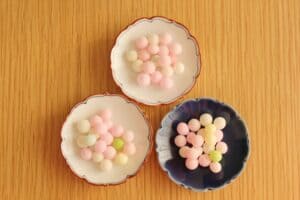
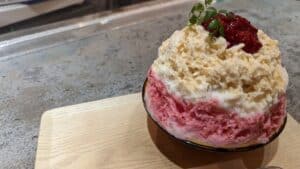
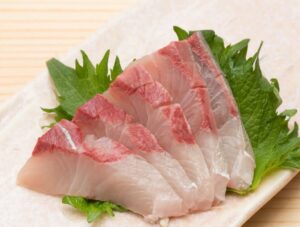
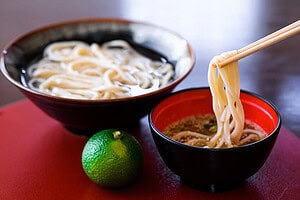

Comments